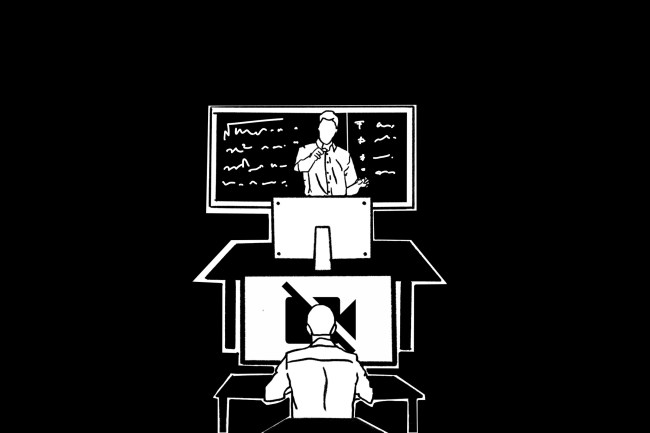For the past few months, experts have been advocating for the reopening of schools urging that the pandemic shouldn’t be allowed to deprive children of education. Several reports have pointed out the loss of learning and how online learning options are not really feasible for the vast majority of school children in India. But now, thanks to a lower COVID-19 caseload, state governments in India have begun to announce the reopening of schools after a gap of almost 18 months.
As we approach World Internet Day on October 29, I began to think about how students like myself from privileged backgrounds quickly switched to online classes last year, even as most of India’s students from poorer backgrounds struggled. So when I decided to understand the gap in access to the internet in India, a few quick Google searches led me to a report titled, Internet Adoption in India, 2021, published in September this year by the Internet and Mobile Association of India (IAMAI). The report summarises the results of a nationwide survey of some 75,000 respondents on internet access and usage in 2020. The report defines an “active internet user” as anyone who accesses the internet using a phone or computer in the previous month. Even as per this liberal definition, the IAMAI report shows that less than half of India’s population uses the internet regularly.
Shocked by this disparity between my expectation and the ground reality, I became interested to find out what fellow students from urban private schools like myself thought about internet access in India. So, I created a short online poll with five multiple-choice questions to collect information about their views regarding internet access. Within two days, I got 110 responses from over a dozen cities across India in response to my online survey.
Out of the questions I asked, I am picking just a couple to illustrate the contrast between the responses of students from well-off schools and the IAMAI report. The first question in the survey was: “Out of the 1.4 billion people in India, in your estimate, what is the number of active internet users?” According to the IAMAI report, the correct number is around 622 million. 53% of the students who responded to my survey got this wrong. As a follow-up, the next question in the poll was: “Out of the 950 million people in rural India, in your estimate, what is the number of active internet users?” Approximately one-third of respondents estimated this number to be higher, one-third estimated it to be lower, and only about a third predicted the range accurately, which according to IAMAI report is 299 million.
Next, we asked students to estimate the daily internet usage in urban and rural India. Most of us from urban private schools use the internet extensively and often take internet access for granted. When we asked students for the “average hours of internet usage (smartphone + computer) per day across urban India”, as many as 91% of the respondents significantly overestimated the daily average internet usage in urban India. According to the IAMAI report, the actual number is closer to an average of 115 minutes per day across urban India; for rural India, this number is even lower at just 99 minutes per day.
As I think about the stark differences between perception and reality, what strikes me most is how little time people spend on the internet in many parts of our country. Is it a matter of high internet costs? If so, by how much is internet access more expensive in India than in other countries?
This search led me to the London-based organisation, GSMA, which tracks mobile connectivity and internet usage globally. Their latest report on The State of Mobile Internet Connectivity, 2021, shows that internet cost per gigabyte of data is in fact notably lower in India compared to many other countries. However, even at this low price, mobile internet is unaffordable for many in the country. According to the report, at least 25% people in India do not access mobile internet because it is expensive. What I found even more shocking though, is that 32% of people in urban India and a whopping 45% of people in rural India said they don’t use mobile internet due to poor literacy and skills.
Progressive government policies can help bridge this divide, especially when combined with private enterprise. As we continue to enjoy the privileges of the internet on this World Internet Day, these disparities serve as a poignant reminder of the challenges we need to overcome.
Pranav C. Madhukar is a Class 11 student from Sri Kumaran Children’s Home, Bangalore.
Featured image credit: Pariplab Chakraborty

